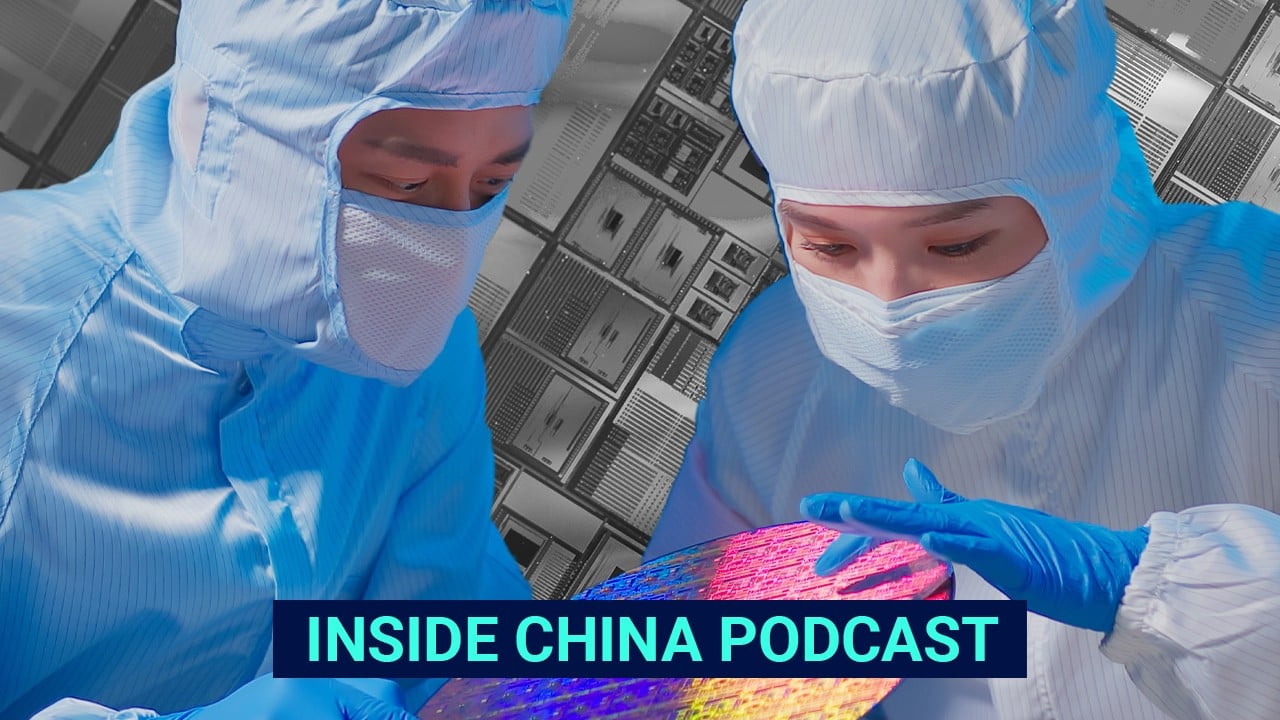Samsung reported an 82 percent year-on-year increase in China sales to 32.35 trillion won ($24.1 billion) in the first six months of the year, according to the company’s half-year results released last week. China accounted for about 31 percent of Samsung’s regional sales of 104.9 trillion won, up 28 percent from the same period last year.
SK Hynix also reported a rise in sales in China. Sales to customers in the country rose 122 percent to 8.6 trillion won, accounting for 30 percent of total sales of 28.8 trillion won in the first half, according to the company’s financial report also released last week. SK is a major supplier of advanced memory chips known as high-bandwidth memory (HBM).
SK Hynix generated more than 95 percent of its sales from memory chips. Samsung’s sales to China include chips, smartphones and household appliances.
The surge in sales comes amid speculation that Washington may further restrict China’s access to sophisticated chips and other technology from the U.S. and its allies. Chinese importers are under pressure to stockpile certain products before new restrictions are imposed, analysts say.
“The rising sales in China are consistent with rumors that the U.S. is reportedly considering new measures to restrict China’s access to AI storage,” Taiwanese research firm TrendForce said in a statement on Friday.
HBMs – vertically stacked dynamic random access memory (DRAM) chipsets – have become a popular choice for AI chips like Nvidia’s H100 because their larger capacity enables faster calculations.
The updated US export control last October already banned the export of integrated circuits with more than 50 billion transistors to China and other countries. However, HBM is not subject to regulations when sold as a separate component.
The price recovery may have been another factor in the revenue growth. DRAM and NAND prices recovered this year after Samsung and SK Hynix cut production last year due to weak demand. At SK Hynix, inventories fell to their lowest level in seven quarters in the three months to June.
According to TrendForce, Samsung and SK Hynix’s DRAM revenues accounted for 43 percent and 35 percent of the global market, respectively, in the second quarter. Their leading position also gave them an advantage in HBM, with SK Hynix controlling more than 50 percent of the market.


